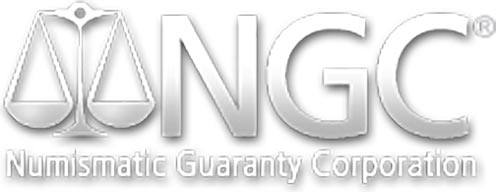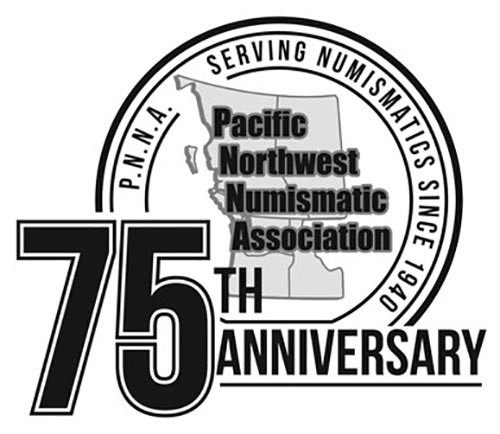
“In God We Trust.” Regardless of your religious beliefs, this motto is in your home and quite possibly in your pocket right now. These four words have appeared on U.S. money since 1864, when the motto was first engraved on the two-cent coin. But how and why was the phrase added?
Origins of the Motto
Interestingly, the motto “In God We Trust” originated not as part of the 1864 Coinage Act, but in response to an impassioned letter that Treasury Secretary Salmon Chase received from a Pennsylvania reverend named M.R. Watkinson in 1861. The reverend’s letter argued, among other things, that lack of a mention of God on U.S. money essentially characterized the United States as a “heathen nation.” Swayed by this letter, Chase directed Mint Director James Pollock to devise a new motto to appear on the country’s money, and instructed him that it must include the word “God.”
After experimenting with various phrases, including “God and Our Country” and “God Our Trust,” mint engravers chose “In God We Trust” and began rolling out bronze two-cent coins stamped with the motto in 1864. What started as Chase’s pet project soon gained momentum. In 1865, Congress authorized—but did not require—the use of the motto on all coins.
Roosevelt Tussles With Congress
The idea had its detractors. One notable critic of using “God” on money was President Theodore Roosevelt. He instructed noted sculptor Augustus Saint-Gaudens not to use the motto on the $10 Indian Head Gold Eagle and $20 Gold Double Eagle coins he had commissioned him to design.
Congress disagreed with Roosevelt; in 1908, it passed a law requiring that all gold and silver coins minted beginning in 1909 must include “In God We Trust.” Despite that law, when the nickel was redesigned in 1913, the motto wasn’t included. Made of 75% copper and 25% nickel, the Buffalo nickel didn’t include the motto for aesthetic reasons.
When the nickel was redesigned again in 1938, the motto was added. Ironically, the new nickel that included “In God We Trust” featured Thomas Jefferson, who was famously reluctant to publicly share his religious beliefs. In 1955, Congress mandated that all currency, regardless of what material it was made of, must include the motto.
The Godless Dollar
A notable chapter in the history of the “In God We Trust” motto occurred as recently as 2007. In an effort to streamline the design of presidential coins, the U.S. Mint repositioned the motto to appear along the edges of the coin. Due to a mint stamping error, as many as 50,000 coins featuring George Washington and John Adams made it into circulation without the motto. Not surprisingly, these coins, known as “Godless dollars,” sparked conspiracy theories claiming that the omission was intentional. To avoid future errors, Congress passed a rider to the 2008 Appropriations Act, ordering the Mint to make the motto more prominent on future dollar coins.
Ongoing Challenges
As long as there are citizens who feel that U.S. coins and currency should be devoid of religious symbols, there likely will be challenges to the inclusion of “In God We Trust” on money. In 2013, for example, 20 plaintiffs—including the atheist Freedom from Religion Foundation—filed suit demanding that the U.S. Treasury remove the motto from money because it discriminates against nonbelievers. That suit, as with others like it, was dismissed. The judge in the case concluded that while plaintiffs may be offended by the motto, they suffer no “substantial burden” because of it. The U.S. Supreme Court has repeatedly found that the phrase is not unconstitutional.
Did you like this post? Great. Read “Which Woman Will Be On The New $10 Bill?” and our other articles.
Liberty Coin & Currency specializes in rare coins and currency. We are a family-owned business located in Portland and Vancouver. We are also gold, silver, diamond, currency and jewelry buyers. Visit us first for a free evaluation.
Like this post? Let us know on Facebook, Twitter, Instagram, or Pinterest.







